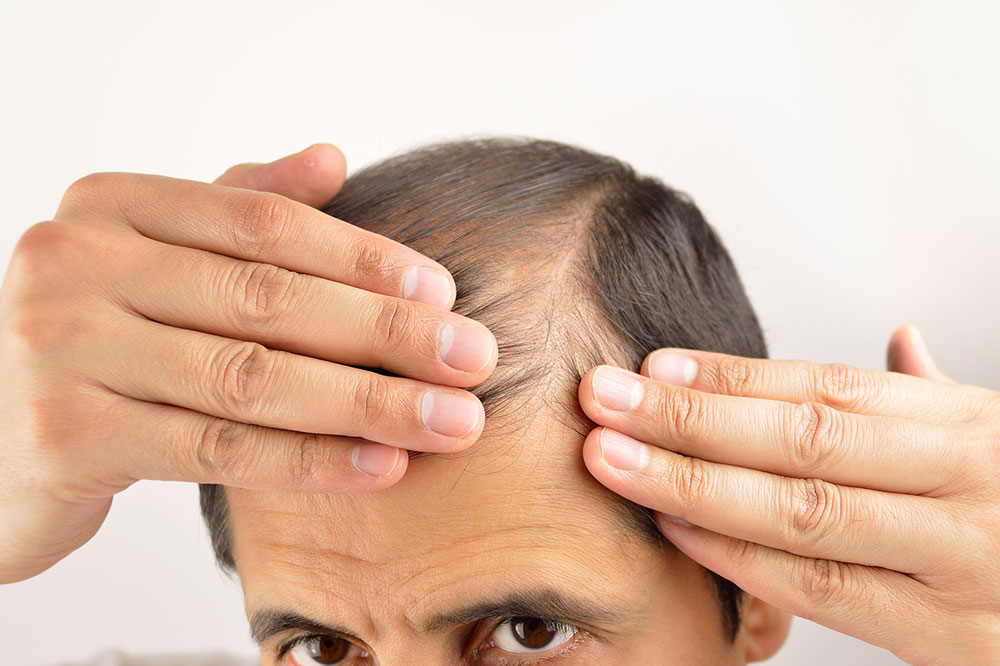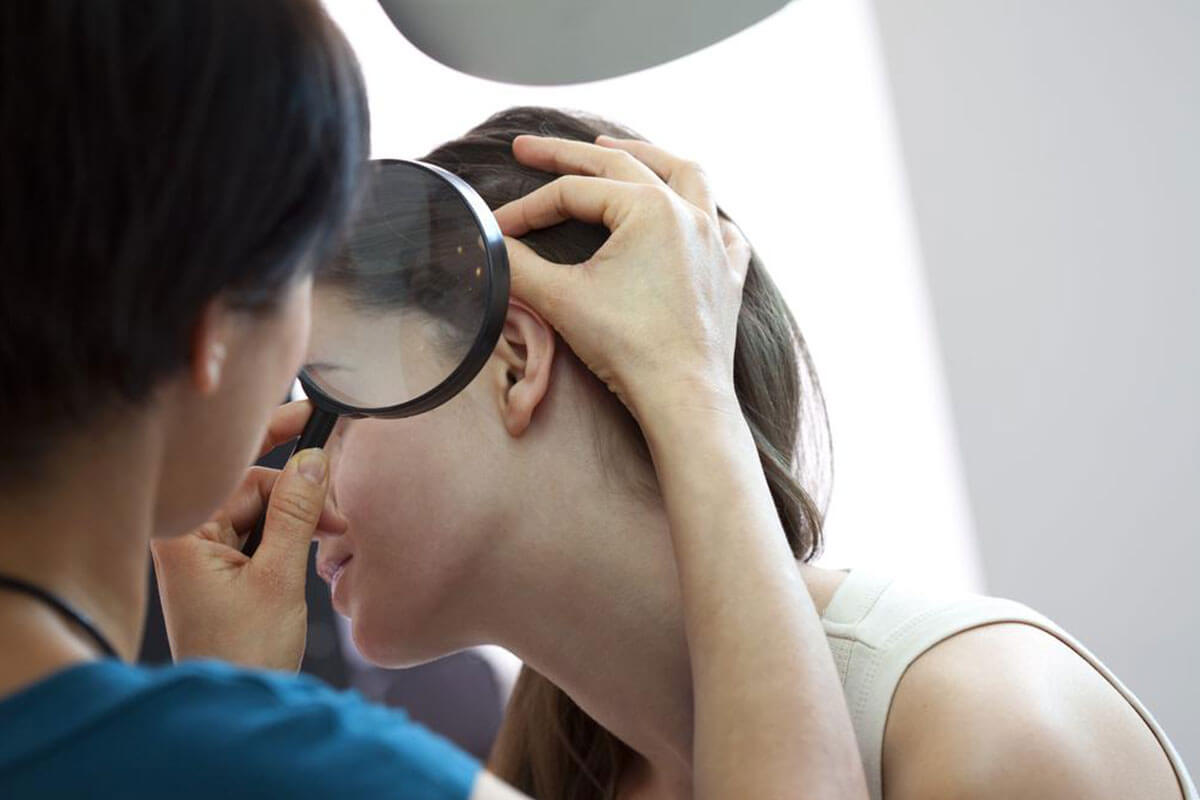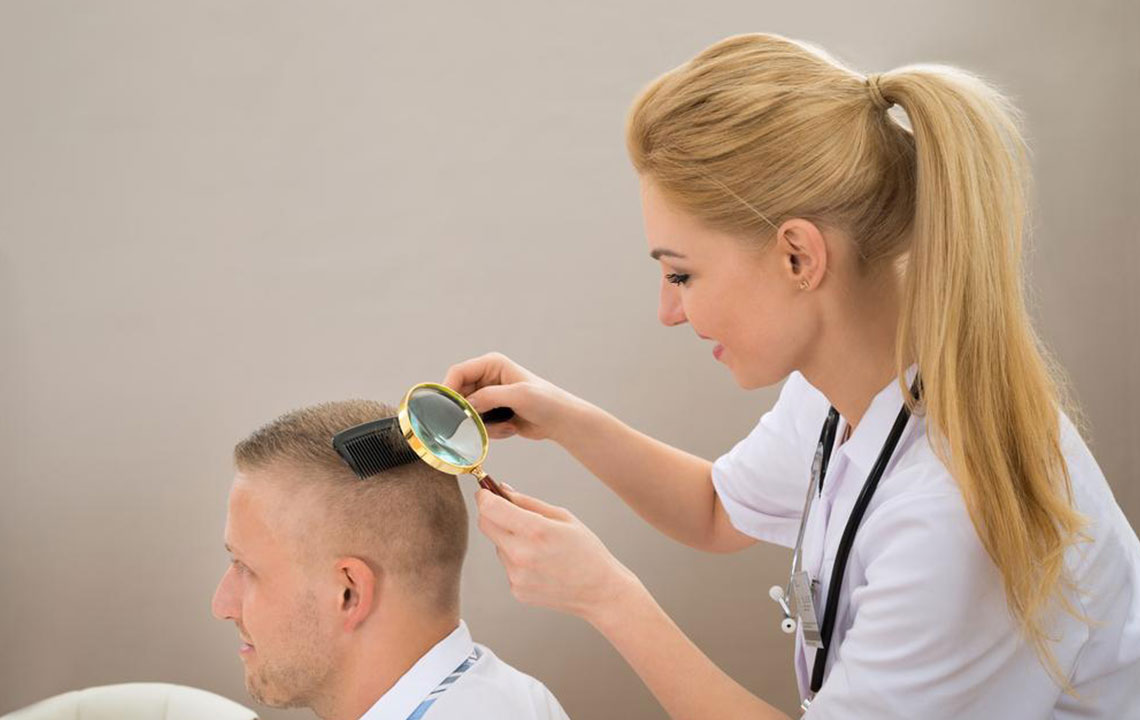Comprehensive Solutions for Hair Loss: Effectiveness and Best Practices
Hair loss affects many individuals, impacting confidence and well-being. Understanding the causes and exploring effective treatments like medications, laser therapy, and lifestyle changes can help manage the condition. Early diagnosis and professional guidance are crucial. This comprehensive guide offers expert advice on reversing and controlling hair thinning, emphasizing safe and proven therapies for optimal results and improved hair health.

Comprehensive Solutions for Hair Loss: Effectiveness and Best Practices
Hair loss, medically known as alopecia, is a prevalent concern affecting millions of men and women worldwide. This condition not only impacts physical appearance but also can significantly influence self-esteem and emotional well-being. Understanding the complexities behind hair loss is essential for identifying appropriate treatment options and achieving satisfactory results. This in-depth guide explores various causes of hair loss, explores proven treatments, and offers practical advice to manage and potentially reverse hair thinning effectively.
Each year, countless individuals grapple with hair thinning, which can occur at any age due to a myriad of factors. While losing about 100 to 150 hair strands daily is generally within the normal range, excessive shedding—often exceeding 50-100 strands per day—can be symptomatic of underlying health issues. Recognizing the difference between normal hair shedding and concerning hair loss is the first step toward effective management. Conditions such as androgenetic alopecia (pattern baldness), alopecia areata, telogen effluvium, and medical problems like hypothyroidism or scalp infections can all contribute to hair thinning. Additionally, lifestyle factors including stress, poor nutrition, pollution, smoking, and certain medications exacerbate hair loss.
Identifying the root cause of hair loss requires a thorough medical evaluation. Healthcare professionals may recommend scalp examinations, blood tests, or biopsies to determine the precise reason for hair thinning. Once diagnosed, targeted treatment plans can be developed. For example, medications such as minoxidil (Rogaine) and finasteride (Propecia) are FDA-approved options for androgenetic alopecia, and have been shown to promote hair regrowth and slow further loss. These treatments are most effective when started early and maintained consistently.
In addition to pharmacological approaches, several non-invasive therapies have gained popularity for improving hair health. Low-level laser therapy (LLLT), often administered via laser caps or combs, stimulates hair follicles and encourages growth. Platelet-rich plasma (PRP) therapy, involving the injection of concentrated platelets derived from the patient's own blood, is another innovative technique that can promote healing and stimulation of hair follicles.
Beyond medical treatments, adopting a healthy lifestyle plays a crucial role in managing hair loss. A balanced diet rich in proteins, iron, zinc, vitamin D, and biotin supports overall hair health. Nutritional deficiencies are a significant contributing factor to hair thinning, and supplementing these nutrients can often improve hair quality. It is also beneficial to minimize stress, get adequate sleep, and avoid harsh chemical treatments or excessive heat styling that can damage hair and scalp health.
For those seeking natural or alternative remedies, scalp massages, essential oils like rosemary or peppermint, and herbal supplements provide supplementary support; however, their effectiveness varies and scientific backing may be limited. Always consult healthcare professionals before trying herbal products to avoid adverse effects and interactions with other medications.
While many treatments can help slow or reduce hair loss, complete reversal remains challenging, especially in cases of genetic predisposition. It is vital to maintain realistic expectations and understand that results may take time, often several months, to become visible. Patience and consistent application of prescribed therapies are essential for achieving the best possible outcome.
Beware of false claims and miracle cures for hair loss that promise instant results. Not all products marketed online or in stores are safe or effective. Only therapies approved by regulatory agencies like the Food and Drug Administration (FDA) have demonstrated safety and efficacy through rigorous testing.
In conclusion, managing hair loss effectively involves a combination of proper diagnosis, evidence-based treatments, lifestyle adjustments, and patience. Technological advances continue to expand the options available, making it possible for many individuals to regain healthier hair and confidence. Consulting qualified healthcare professionals and opting for scientifically supported treatments are the best strategies for tackling hair thinning and restoring hair vitality.





